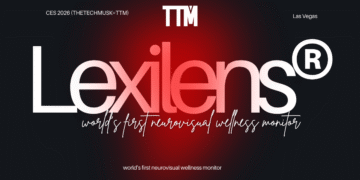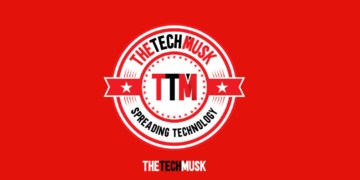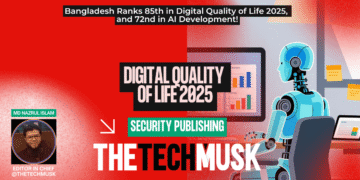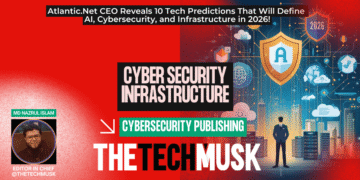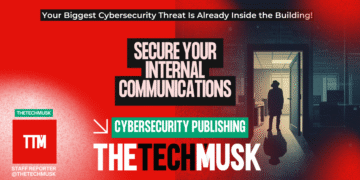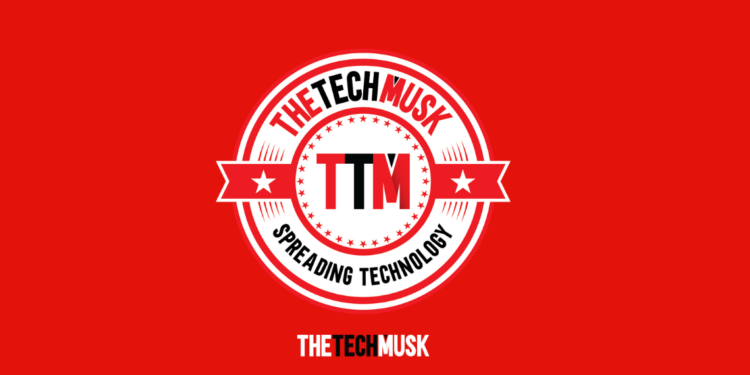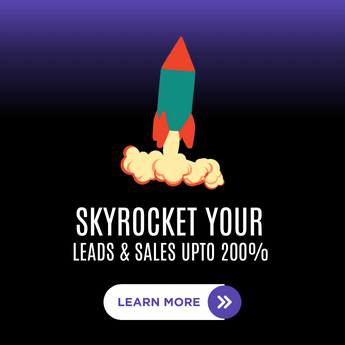Many investors and entrepreneurs are interested in container technology. Using containers makes it simple to develop, publish, and update the program for server management. For container orchestration, Docker is the most widely used technology.
Currently, management isn’t the main objective, though. Concerning matters in container orchestration include security problems. The various advantages of containerization have led to its widespread adoption.
More than half of all enterprises worldwide will be using containerized applications in development by 2020.
However, this article will include some of the best practices of Docker security, uses, and a few challenges that you might face. Therefore, without further ado, let’s begin!
What Is Docker Security?
This open-source software is called Docker. It implies that both the source code and the product are freely distributable, usable, and modifiable.
The development, execution, and orchestration components of Docker containers are all covered by the term “docker security.” Along with the execution security considerations for Docker containers.
It also covers the Dockerfile network security of Docker reference image data, including user credentials, the Docker daemon, and appropriate CPU control systems for a container, and additional worries about the large-scale orchestration of Docker containers.
Furthermore, the security team’s job is to protect containers and the app environment from external attacks and weaknesses. Docker security best practices guarantee security throughout the whole lifecycle of your program, not just during production.
The Top Six Docker Security Best Practices
You can use the following best practices to ensure Docker security.
- Maintain An Accurate Docker Version
Make doubly sure your Docker version is currently first and foremost. Security breaches are possible with outdated editions. Corrections and bug fixes that resolve flaws in previous versions get frequently included in new version updates.
The host ecosystem must follow the same guidelines: make sure all supporting programs are current and devoid of known vulnerabilities or system vulnerabilities.
- Employ Non-Root Users
A container can get launched with advanced access, thanks to Docker. You should never use this technique, even though it might be a quicker way to get around some security protections.
Hosting enabled containers is a risk because they allow for the possibility of malicious activities. An elevated Docker consumer has the same rights as the root. It can therefore use the host’s additional devices and kernel functions.
It is possible for a malicious attacker to gain access to your host device through the container. The default settings of Docker make it straightforward for non-root users to use.
- Protecting Images
For the creation of containers, container pictures are employed. Security flaws can get added to containers delivered in production due to misconfigurations or malicious activities in image data.
You must encrypt container images if you want to guarantee the well-being of your workflows and programs that use containers.
Every resource you add to the image, including libraries and tools, could be dangerous. You must put the program within the container image to reduce these risks. It must be a program that has been dynamically generated and includes all necessary references.
You should pick reliable photos if you aren’t producing the image from the beginning. Public image sources like Docker Hub are accessible to everyone and might be infected with malware or have incorrect setups.
- Registry Security For Containers
The technologies that absorb and emit pictures for containers get distributed through the Docker container registry. The container repositories are robust yet easy to use.
Simply installing the registry inside your firewall will add an extra layer of security. Setting up the specific registry on the server is possible using Docker’s main website registry. Docker Trusted Registry is a good option for business systems (DTR).
- Tools For Container Security
Container orchestration technologies such as Kubernetes provide native encryption keys. The privacy and well-being of containerized apps cannot be guaranteed by these restrictions, though. A specific issue is determining that none of the third-party development tools used in the application pose critical risks.
Runaway programs may get able to get beyond segregation and contact other containers and container copies, making containers susceptible to them. Programs may use a container image even though it contains a security flaw. The severity of these problems may also get increased by improper authorization.
- Keep The Host Isolated
Utilize distinct hosts for containers with various security protocols. Protecting vital data from a full-scale attack is achieved by ensuring the separation of containers across various subdomains. This method also stops disruptive peers from using too many assets for pool-based separation and interfering with the activities of other containers.
Docker Security Issues
Businesses have been deploying applications on dedicated servers or virtual machines (VMs) for a long time. It was necessary to secure both your program and the host on which it was operating before safeguarding the application itself during operation. There are a number of new problems brought on by containerization that need to be solved.
Due to the fact that a larger proportion of containers are dependent on a greater set of possible graphics and scripts, which may have defects, the main difficulty of docker security is to build numerous threat containers.
The fact that often just protecting the host network isn’t enough to provide complete immunity presents another obstacle. Additionally, you must keep your settings safe and grant only limited access to container resources. Container separation needs to be done correctly for that.
The concerns can get summed up as the antithesis of security procedures. As a result, security procedures need to get followed correctly.
Moreover, activities in containerized systems are transparent and reactive. You can strengthen monitoring in order to guarantee prompt repair and stop prospective security breaches.
Conclusion
All places need protection. Many advantages come with Docker. However, you can maximize Docker’s potential as long as the container is protected.
Numerous best practices exist for Docker security. That you should only adhere to the best security practices is not intended. Whenever feasible, it is necessary to comply with safety procedures.
By following the advice provided in this article, you can avoid potential privilege attacks and Docker security vulnerabilities.

